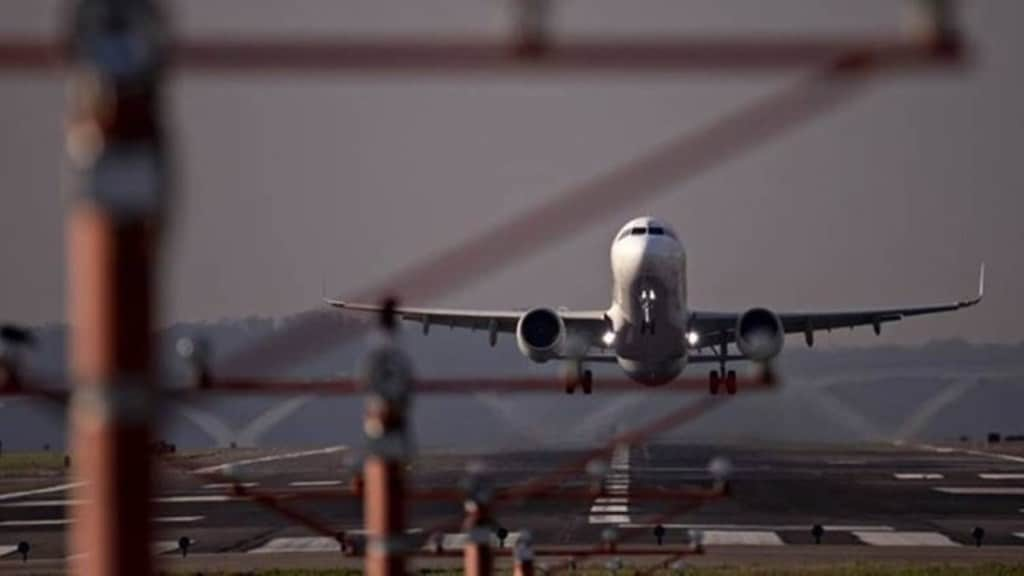As many as 81 airports run by the Airports Authority of India have racked up losses of Rs 10,852.9 crore in the past 10 years, the government told the Rajya Sabha, even as the country pushes for rapid aviation expansion.
Minister of State for Civil Aviation Murlidhar Mohol shared the figures in Parliament during the ongoing Monsoon Session in response to a query from Congress MP Jebi Mather Hisam.
Hisam had sought details of Indian airports running at a loss, whether those with negligible flight operations might be shut down, and if any financial assistance was being provided to underperforming facilities.
Which are the loss-making airports?
Between 2015–2016 and 2024–2025, Delhi’s Safdarjung Airport registered the highest loss, amounting to Rs 673.91 crore. Agartala followed with losses of Rs 605.23 crore, while Hyderabad (Rs 564.97 crore), Dehradun (Rs 488.01 crore) and Vijayawada (Rs 483.69 crore) rounded out the top five.
Other major loss-making airports include Bhopal (Rs 480.43 crore), Aurangabad (Rs 447.83 crore), Tirupati (Rs 363.71 crore), Khajuraho (Rs 355.53 crore) and Imphal (Rs 355.19 crore).
A senior Aviation Ministry official explained that Safdarjung, once Delhi’s main airport, is no longer operational for commercial flights and now mainly handles VVIP movements to the Indira Gandhi International Airport.
Airports closed for operations
As many as 22 of the loss-making airports have already stopped operations. These include Donakonda, Daparizo, Jogbani, Muzaffarpur, Raxaul, Deesa, Chakulia, Dhalbhumgarh, Khandwa, Panna, Shella, Aizawl, Thanjavur, Vellore, Nadirgul, Warangal, Kailashahar, Kamalpur, Khowai, Asansol, Balurghat and Malda.
What is government doing to control loss?
In his reply, Mohol highlighted the Regional Connectivity Scheme – Ude Desh Ka Aam Nagrik (RCS-UDAN), launched on 21 October 2016 to enhance air connectivity to unserved and underserved airports.
Under the scheme, the government provides Viability Gap Funding (VGF) to airlines to offset the shortfall between operational costs and projected revenues. For 2025–2026, Rs 300 crore has been allocated to RCS-UDAN.
Mohol said the scheme offers financial incentives and concessions from the Centre, state governments, Union Territories and airport operators to reduce operational expenses and make services viable.
So far, the initiative has enabled the operationalisation of 92 airports, including 15 heliports and two water aerodromes, improving access to remote areas and expanding regional air networks.
While the losses remain significant, government officials stress that schemes like RCS-UDAN are designed to leverage demand and make smaller airports sustainable in the long term.

